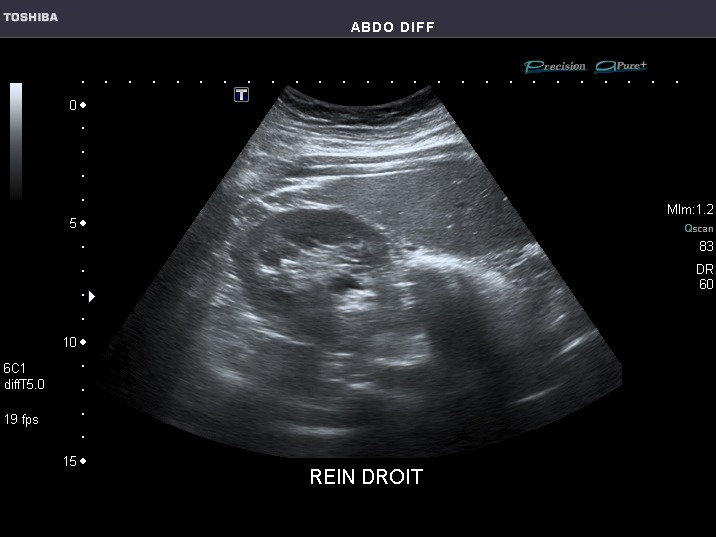In medical field technology, many ultrasound imaging processes are used nowadays. High frame rate imaging process is one of them.
Besides this, medical professionals also use the Hifu research ultrasound systems to study conditions like:
- Cancer
- Essential tremor
- Uterine fibroids
- Bone metastasis
They use the results of these studies to recommend and carry out corrective surgeries.
What is a high frame rate imaging?
It is a technique to capture a series of images at a faster speed than conventional imaging. It provides smoother motion and less motion blur to the images. You can use this in
- Ultrasound imaging
- Photoacoustic imaging
- Gaming.
Importance of high frame rate imaging
It allows for more accurate analysis of tissue dynamics and improved image quality. Some other reasons as to why its vital are:
1. Monitoring quick reaction organs and biochemicals
High frame rate imaging is essential to monitor organs that move fast like the heart. This can help you study irregularities like tachycardia, arrhythmia, etc.
2. Improved blood flow sensitivity
It can detect low flow velocities of blood. This can help you take the necessary measures to enhance the same with the help of required chemicals
3. Imaging small regions
The high frame rate imaging is required in areas where a small region that is undergoing rapid changes, needs to be imaged fast. The potential applications for such a system can be imaging of the motion of the heart valves.
4. Sensitive blood flow
The high frame rate allows you to see the differences in slow tissue motion and blood flow.
This leads to the improved sensitivity of blood flow imaging in:
- Rheumatology
- Brain vascular imaging
- Carotid flow imaging velocity estimation.
The high temporal correlation between frames also allows for the use of spatial correlation to separate blood flow in small vessels further.
Features of high frame rate imaging
The required features include the following:
1. Strobe function
It helps accompany the camera with strobe lights and capture fast-moving objects with minimal blur.
2. External trigger
This enables proper control over the timing of each frame capture. It is crucial to concur with external events or systems.
3. Global shutter
This mode helps to capture the entire image at once. It eliminates motion artifacts and provides undistorted images of fast-moving subjects.
4. Multi ROI capture
It captures several specific areas of interest within a single frame. It is crucial in inspection scenarios where the focus is on multiple distinct areas with the FoV.
5. Resolution of the sensor
High resolution means the data size of each frame will be large. A high resolution indicates a lower frame rate.
6. Bandwidth of the interface
USB 3.0 has a maximum bandwidth of 400MB/s. On the other hand, MIPI provides a maximum bandwidth of 320MB/s.
7. Time of exposure
The maximum frame rate that can not exceed 1 divided by the exposure time (in seconds). The exposure time must line up with the required frame rate.
8. Format of pixels
The output image format of the Hifu Research Ultrasound Systems affects the frame rate. For example, an RGB image would need more bandwidth and processing than a raw Bayer output.
9. Region of interest
The larger the region of interest width and height is, the larger the frame file size of the image.
10. Sensor bit depth
The deeper it is, the more reduced the frame rate.
Applications of high frame rate imaging
People popularly use this technique for the following purposes:
1. Industrial inspection
High frame rate imaging cameras are united into automated systems like robotic arms pick-and-place robots. The cameras enable the robots to identify and capture barcodes or other markings on objects properly and ensure smooth processing.
They are crucial in applications that demand proper imaging for tasks like
- Object sorting
- Machine trending
- Product inspection.
The significant amount of data transferring enabled by high frame rate imaging cameras ensures that images are sent to centralized systems quickly for analysis and decision-making.
2. Smart framing
High frame rate imaging cameras monitor and analyze the rapid movements and behaviours of livestock and crops in real-time.
It helps in the early detection of the following:
- Diseases
- Unwanted pests, etc.
The cameras allow you to optimally use water, fertilizers, and pesticides. It also helps farmers understand how to increase crop yields at reduced costs.
3. Virtual reality
High-frame-rate imaging cameras are crucial for VR headsets to ensure comfortable viewing without causing any dizziness or nausea.
Bottom Line
High frame rate imaging cameras allow monitoring of quick reaction organs. This is very necessary to capture the existence of rapidly moving structures like the heart valves. It also helps in recovering missing information from a low-rank tensor.
If you are willing to know more about how to carry out these procedures, then you can opt for Hifu research ultrasound systems and explore them.
Visit our home-page for more information




